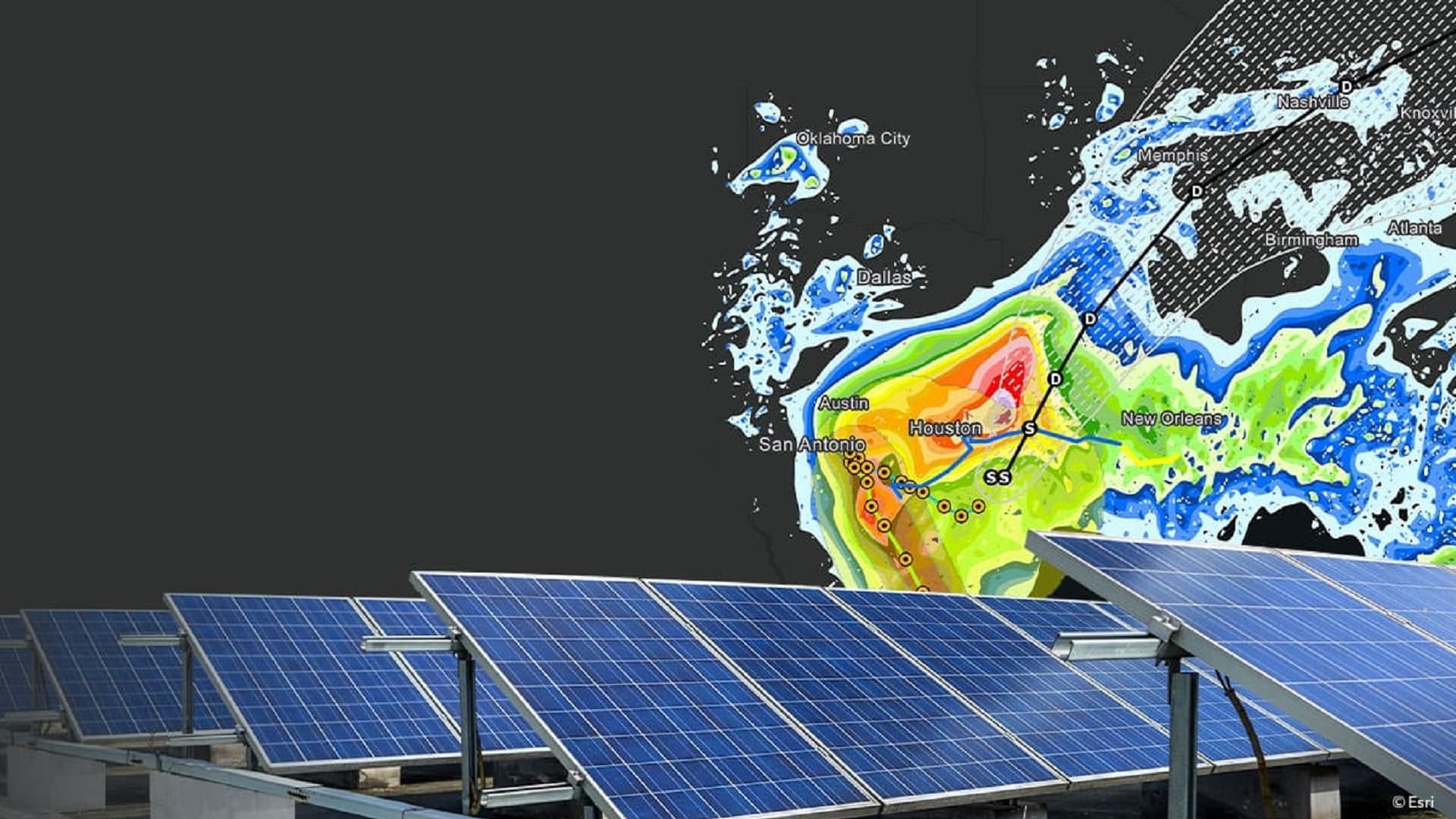The definition of sustainability varies among business leaders, but when it comes to climate, two key priorities have emerged: reduction and resilience. C-suite leaders are working to strengthen their organization’s resilience to climate risks while reducing negative impacts on the environment. Innovative companies are taking a geographic approach to these dual challenges.
In September 2021, WhereNext hosted a webcast on emerging best practices for sustainability, which is now available on demand. The event’s expert panel brings context to a complex issue:
- Douglas Park, PhD, of ERM. ERM advises Fortune 500 companies and other organizations on climate impacts and risks, with expertise on reporting standards such as TCFD and GRI.
- Marcus Krembs of Enel North America. Enel reduces climate impacts through a portfolio of renewable energy, while creating resilience in its operations through cutting-edge practices and technologies.
- Alex Martonik of Martonik is a thought leader on the role of geographic analysis in corporate sustainability efforts.
Pressure is mounting on companies to create sustainable operations. Investors and insurers are pressing for disclosure of climate-related risks, while consumers, regulators, and industry groups are demanding more responsible use of the world’s resources. Companies that ignore these forces could see the cost of their operations rise—along with long-term risks to their business model.
For insight on how location intelligence supports reduction and resilience activities—saving companies resources and capital while improving their environmental impacts—join the WhereNext team for this illuminating discussion.











